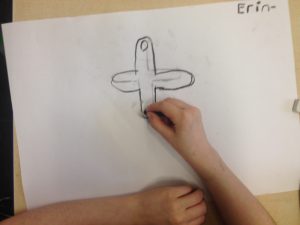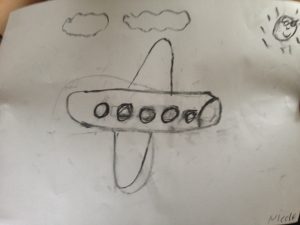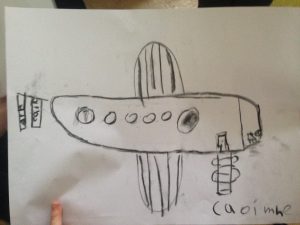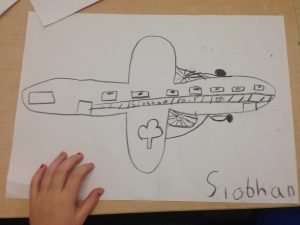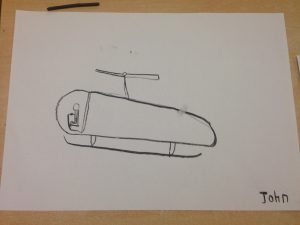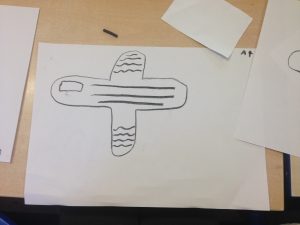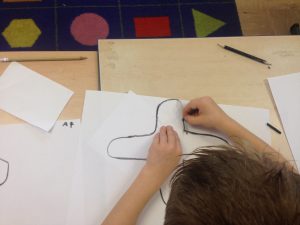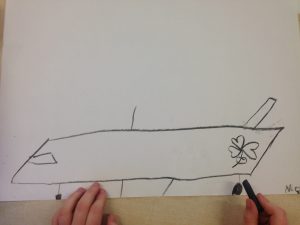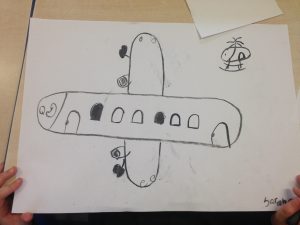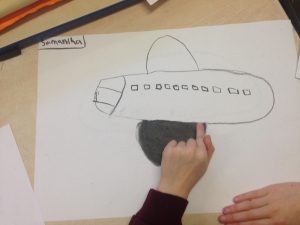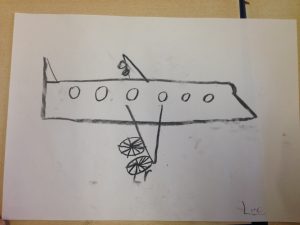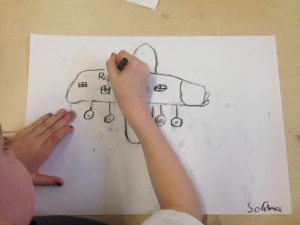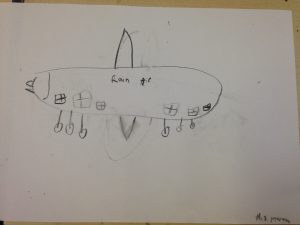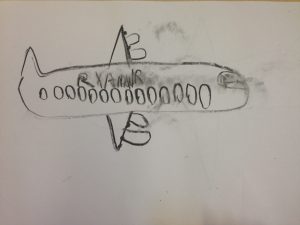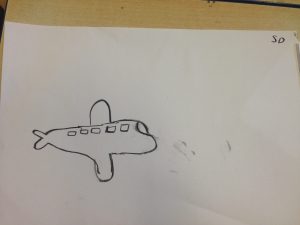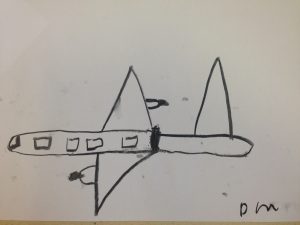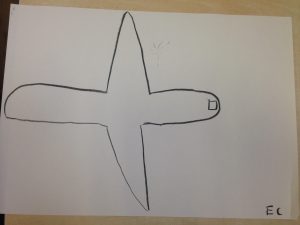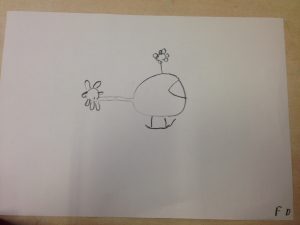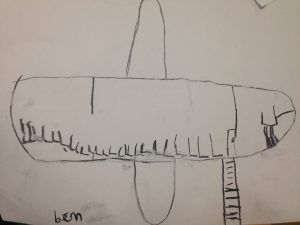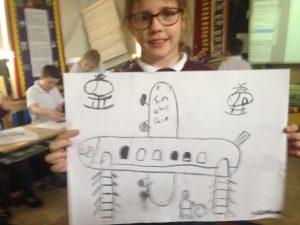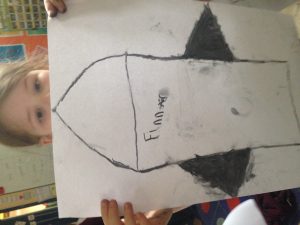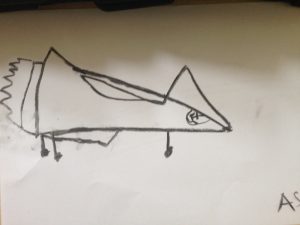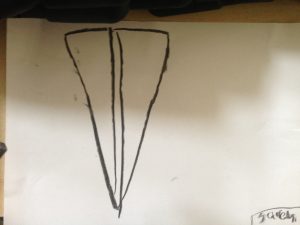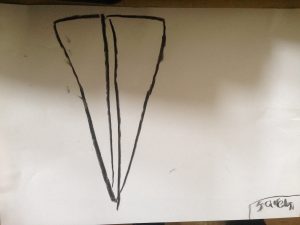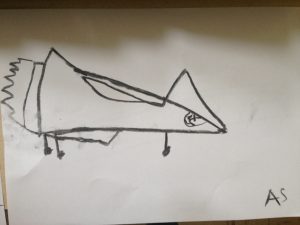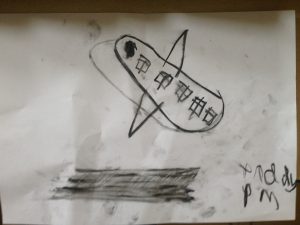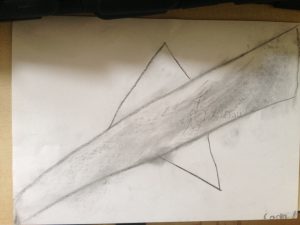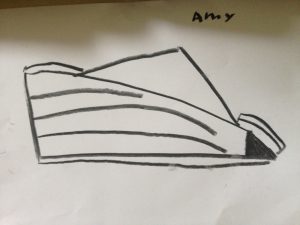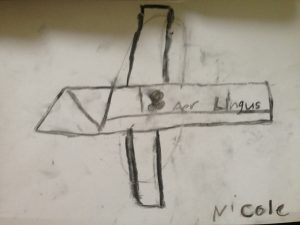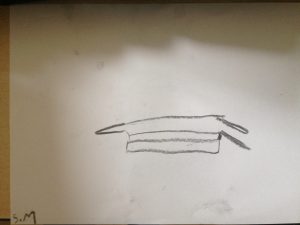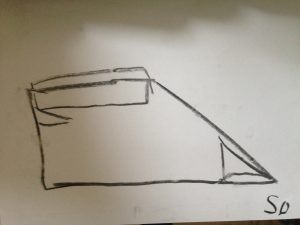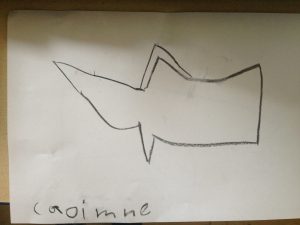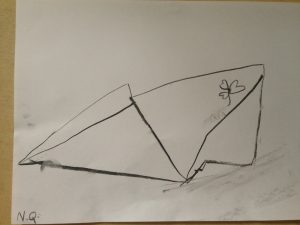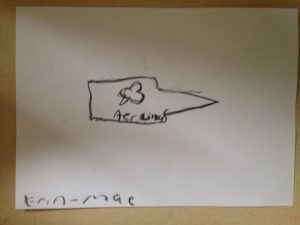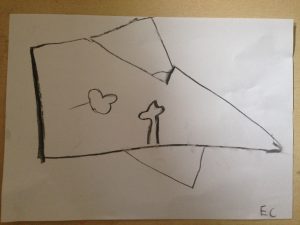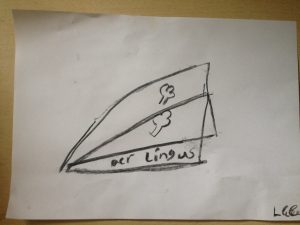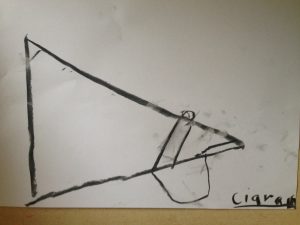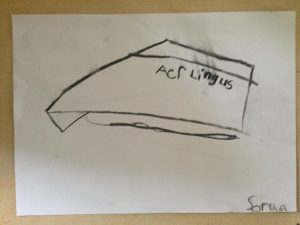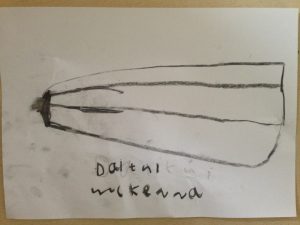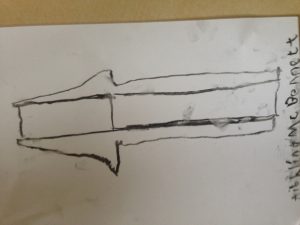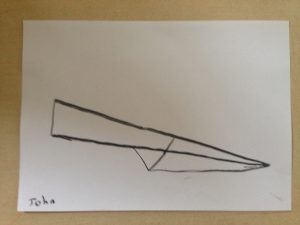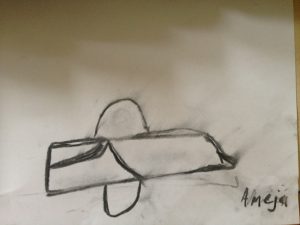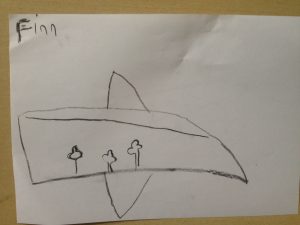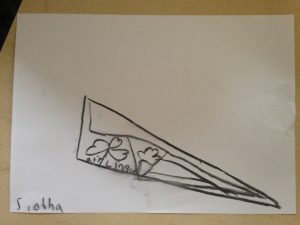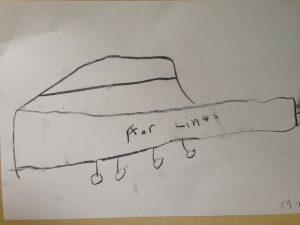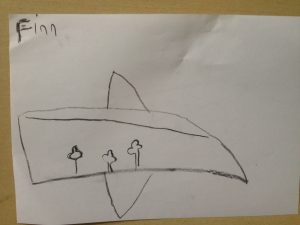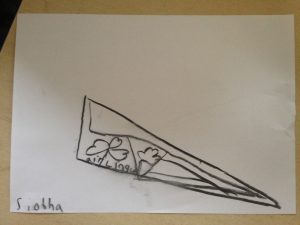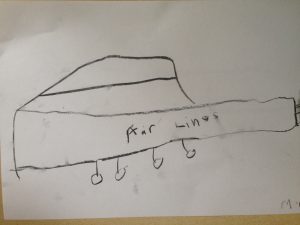The session began with all the children seated on the floor on a large rug so Sharon could get a bird’s eye view of everyone.
We picked up where we left off last week with our discussion on how birds actually fly. We had a very interesting discussion and the children were full of ideas using words such as flapping and gliding. They pondered on the importance of feathers. Wings were definitely seen as an essential. Strong muscles would also be needed.
We then did some swooping and gliding around the classroom being extra careful not to collide with any other ‘birds’.
After using up lots of energy Sharon then recommenced our earlier discussion to extend the idea of flying, to include ‘iron birds’ which planes were commonly known as in the early days of flying. We talked about what they might need to keep them up. Amy suggested that it would be very important to keep your feet and legs together and thus the idea of a streamlined shape was introduced. We tried to make our bodies symmetrical so that they might resemble an aeroplane shape.
Sharon then asked the children to draw some planes from memory. Most of the class had already been on a plane by age 7. I informed them that plane travel was not as common when I was their age, and I was an adult before I had my first opportunity to fly on a plane.
Using charcoal and A3 paper we sketched from memory keeping our flying machines as big and as symmetrical as we could. Some of the children drew helicopters.
The drawings showed great detail with solid shapes and symmetrical wings. Some pupils drew a tail on their plane. Here are some of their drawings.
After break time, we watched a short 3 minute video on YouTube on how to make a ‘Classic Dart’ paper airplane. The children then had the challenge of making their own paper airplane from folding an A4 page, no scissors, and no glue. The results were really good with lots of clever ideas. Then everyone got the opportunity to launch their paper airplane and we selected the ones which travelled the furthest to have a closer look at them and at how they were made. Some planes came back to their inventor in a loop the loop and some went out and turned around and came back like a boomerang.
John’s plane was a clear winner and travelled about 15 metres up the school corridor. John has been practising making his own paper airplanes now he says, for about 2 years as a hobby. It turns out that Sharon had NEVER actually made a paper airplane so John was selected to instruct Sharon step by step via the Facetime to make her very first paper plane. He explained each fold to her carefully demonstrating as he did so. When she had finished after following John’s instructions, Sharon then launched her paper airplane in her studio and we all watched her on the interactive whiteboard. She was very pleased with the outcome. The rest of the class were also excited by the way John’s model could travel such a distance so John then instructed his peers in the class on their own version of his design. We then returned to the drawing boards and the charcoal once more and the children drew what they had just made.
As you can see the children paid close attention to the sharp folds, the streamlining, the symmetry, and the shape and size of their plane and their drawings were very similar to the paper airplanes they had made. We also looked at some aeroplane logos on google.
We spent a bit of time trying to find the centre of gravity of our planes and tried to balance them on our fingertips. The children discovered that the planes were heavier towards the front or the nose of the plane where there were more folds and this encouraged them to work on their folds and keep them as sharp as possible, and the plane was lighter at the back.
We look forward to thinking about gravity more in our next session.
